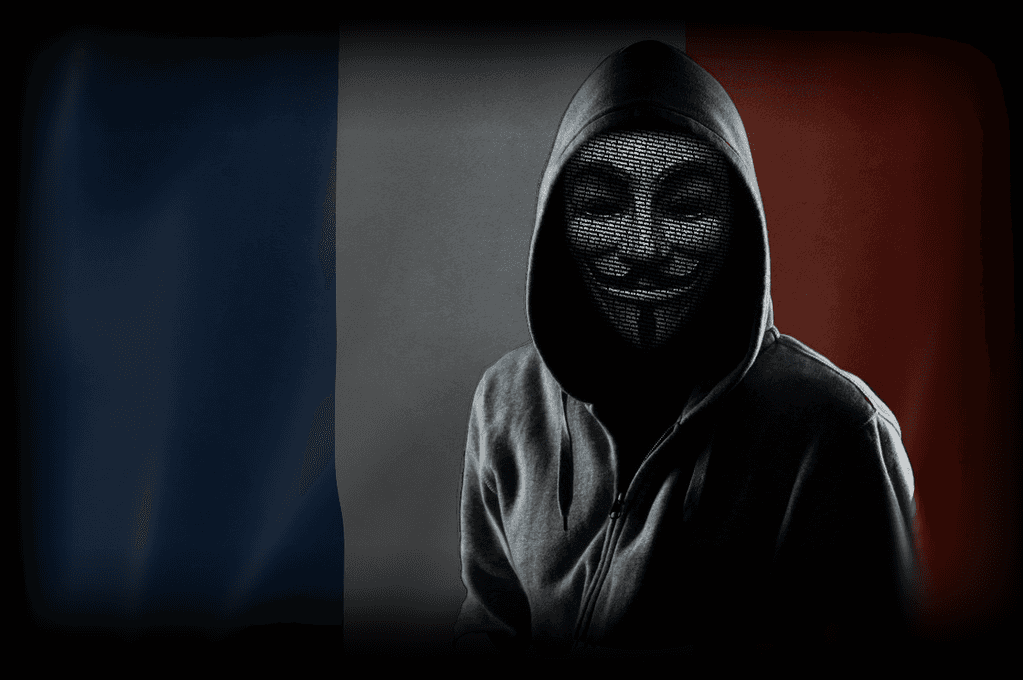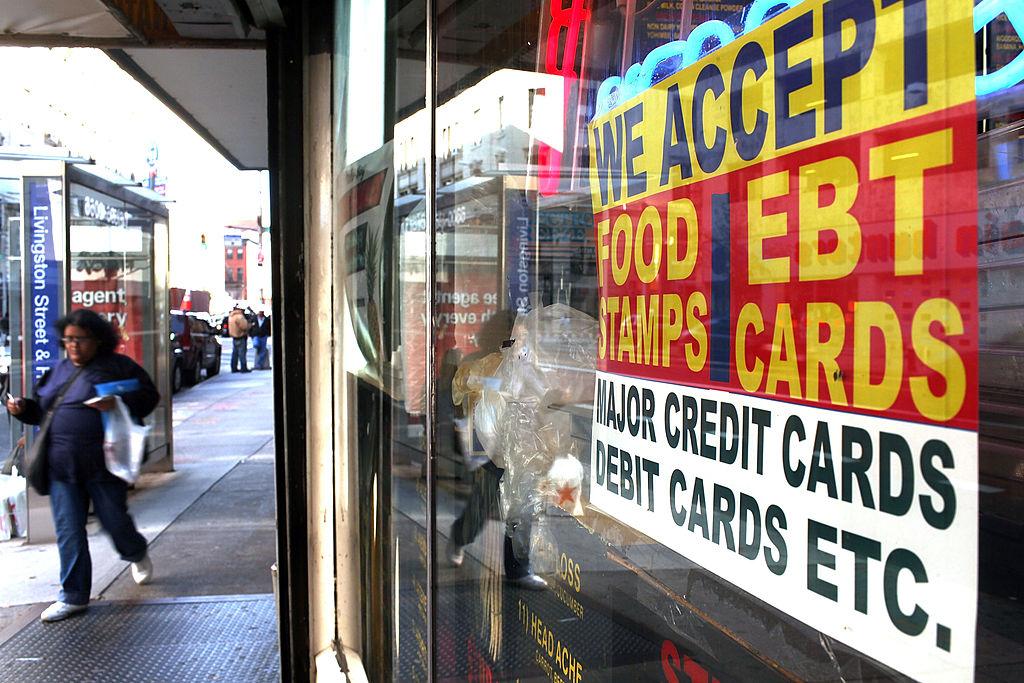Anonymous's collective actions are not identity-driven but faceless. The mask of Anonymous refuses identity.
Opinion
The Impersonal Politics of the Guy Fawkes Mask
Just days after the Paris terrorist attacks on Nov. 13, the iconic mask of Guy Fawkes appeared—again...

A hooded figure wears a Guy Fawkes mask in an image used by TorReaper, a member of the GhostSec anti-terrorism hacker group. GhostSec and the hacker collective Anonymous are fighting the online presence of ISIS. GhostSec
|Updated:
